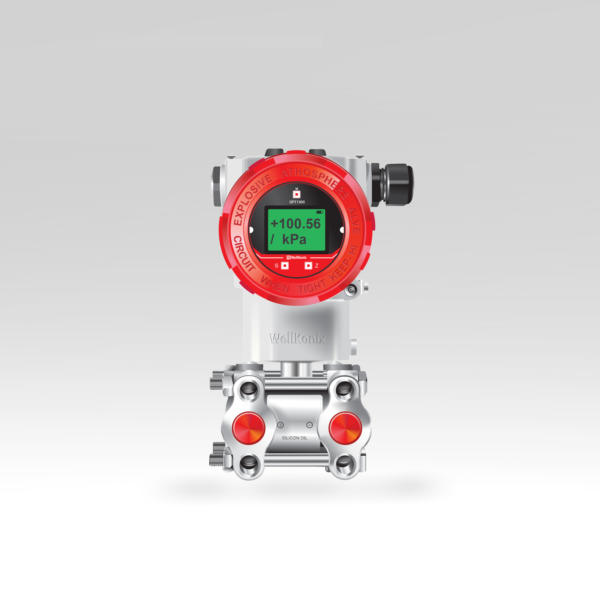EC / TDS Transmitter WEC1200C
The ability of a medium to oxidise or reduce another medium is measured by its “oxidation-reduction potential,” or EC / TDS Transmitter WEC1200C . When an oxidizer takes an electron from another molecule, it is said to be oxidising, and when a reducer gives an electron to another molecule, it is said to be reducing. A single mV value, which can be positive or negative, can be monitored by an EC sensor to identify whether oxidation or reduction is taking place. The mV value is positive when a medium is oxidising. The mV reading will be negative when it is displaying reduction. Additionally, an EC measurement known as “Redox” is frequently used. Reduction and oxidation are combined to form the word redox. Until a potential is formed, the electrode will continue to take or release electrons. Aer then, it produces millivolts. The reference electrode in an EC sensor is commonly constructed of Ag/AgCl and submerged in a KCl reference substance, making it very similar to a pH reference electrode. The electrode is able to exchange electrons with both oxidizers and reducers. Conductivity sensors are essential tools used to measure the ability of a solution to conduct electrical current, which directly relates to the concentration of ionic species in the solution.















